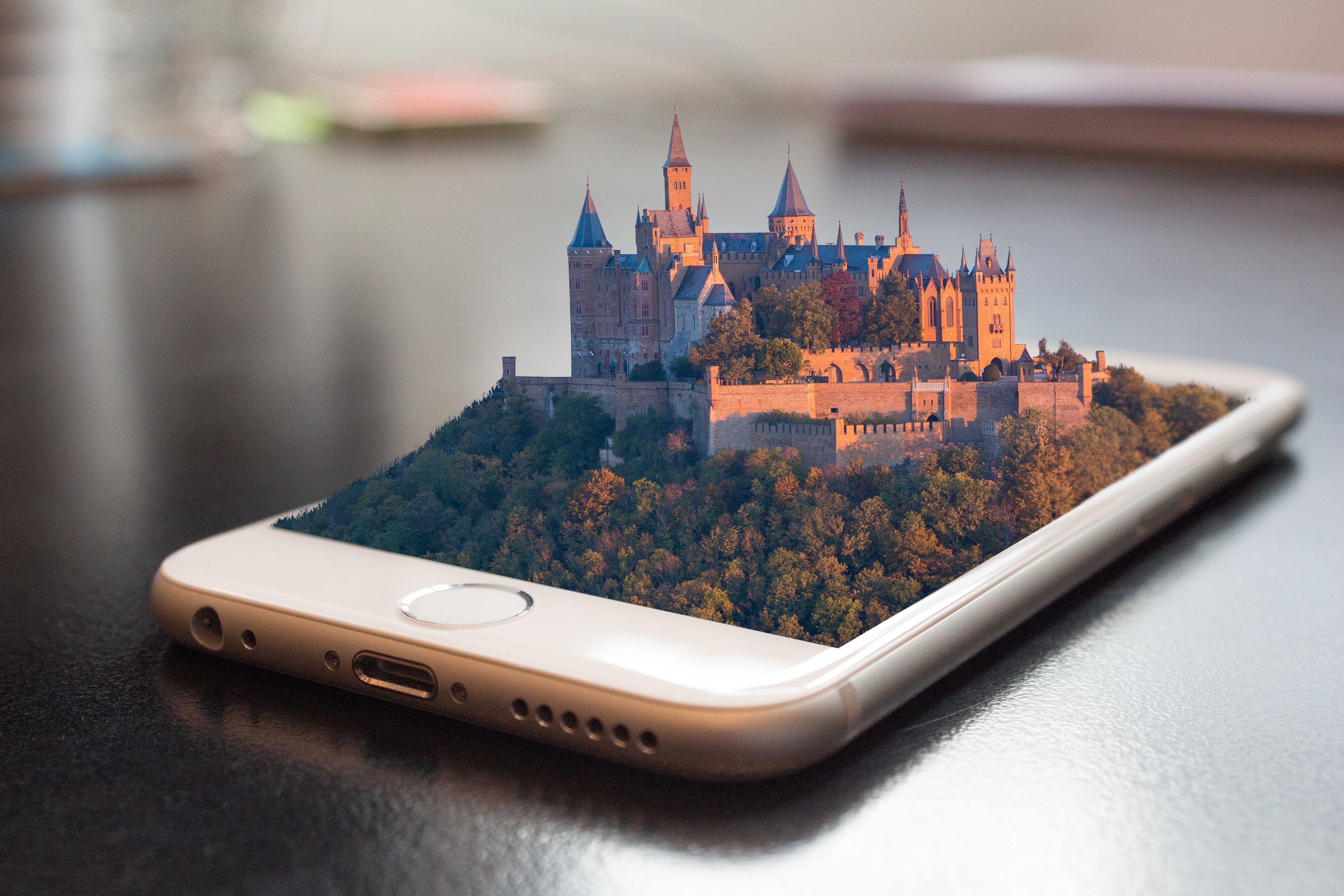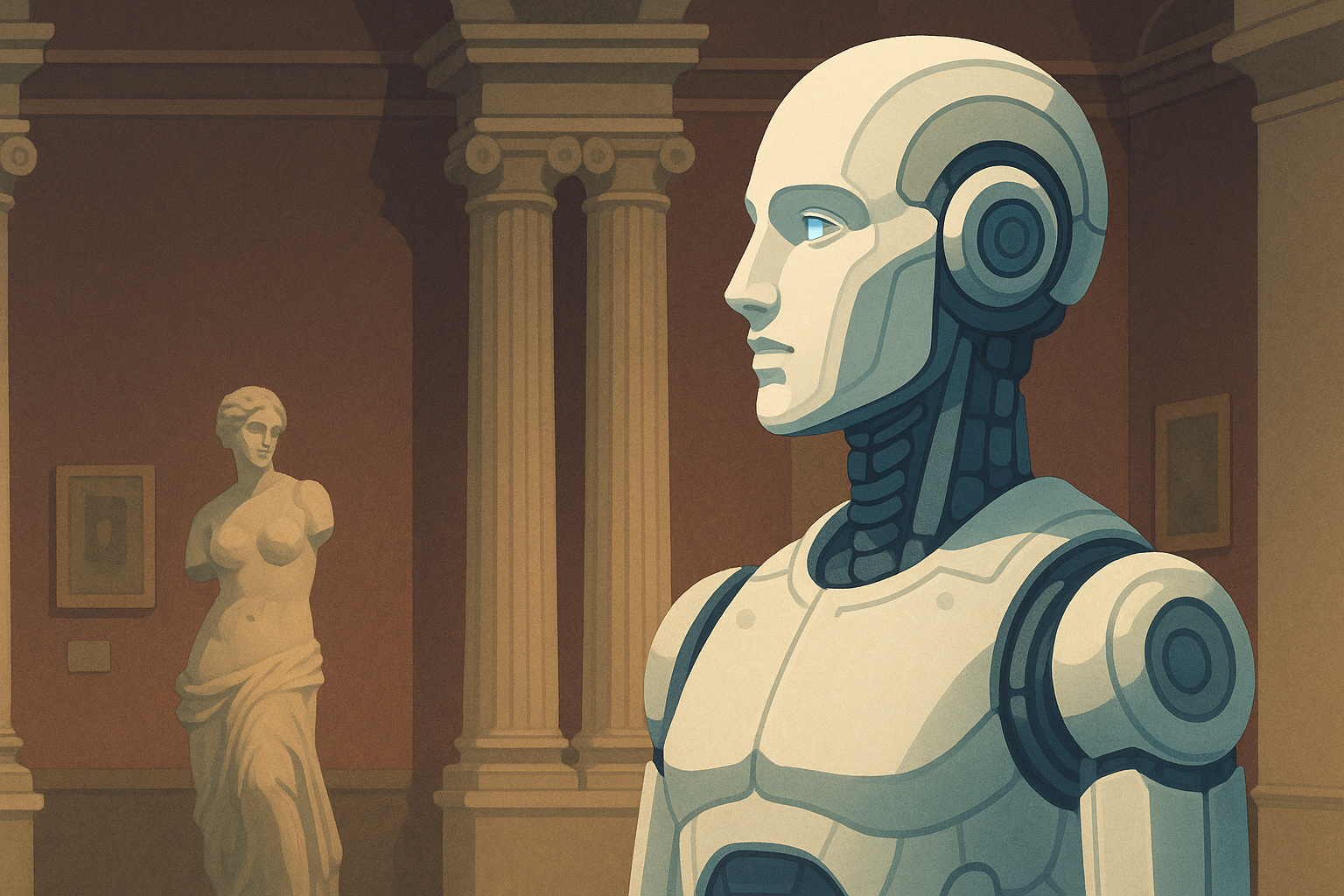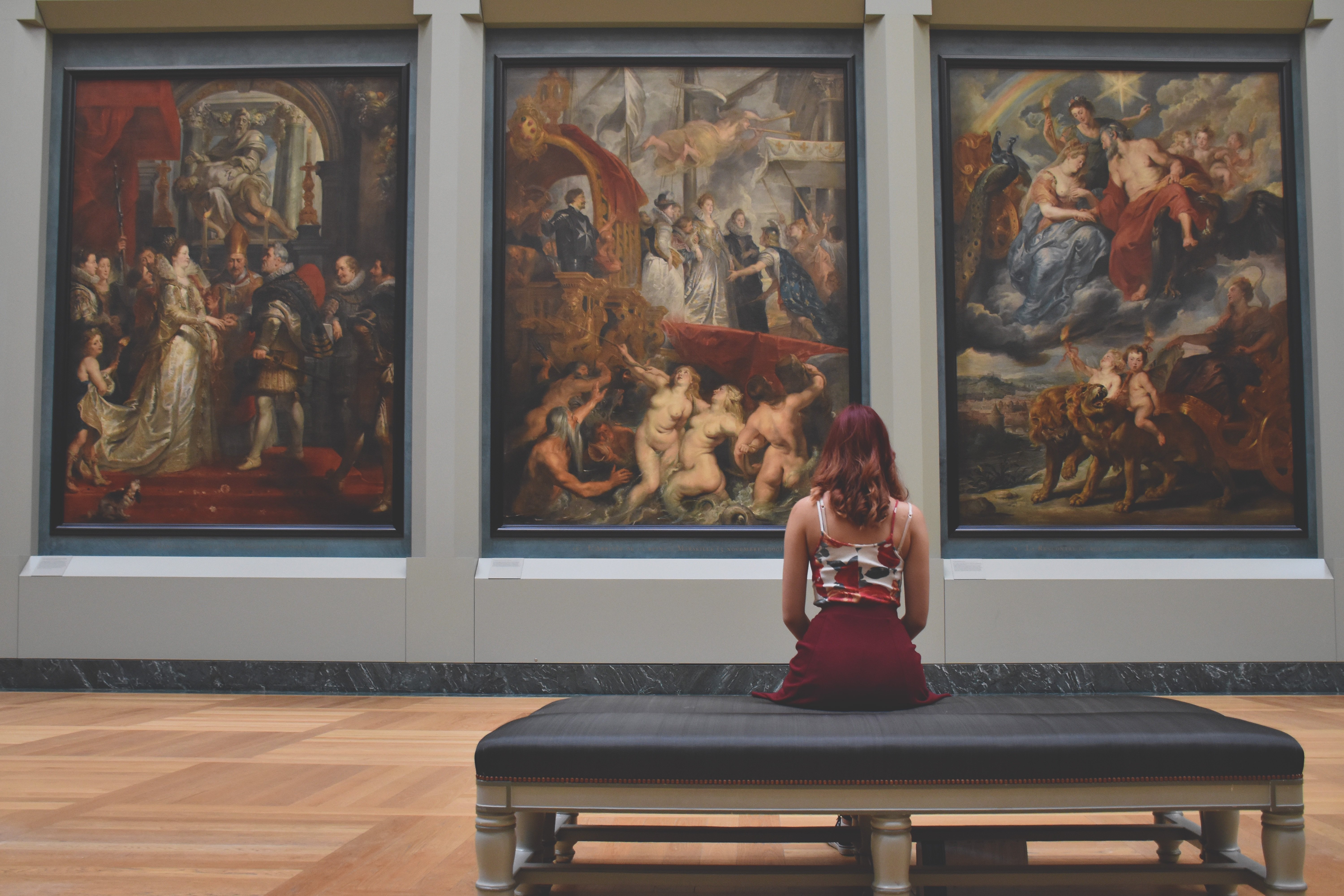
Heritage Revolution: How Museums Can Create Value Online
The world is hyperconnected. A single tap on a screen can transport us into an art gallery thousands of miles away. With this, museums have the ability to transform from quiet halls of contemplation into vibrant global communities. Once confined by physical walls, they now reach across screens, devices, and time zones.
A seminal study by Antonio Padilla-Meléndez and Ana Rosa del Águila-Obra, published in the International Journal of Information Management, explores this transformation in depth. It investigates how museums worldwide use the web and social media to create what the authors call online value - not simply marketing visibility, but genuine cultural enrichment. Their findings show that the digital age has opened new ways for museums to tell stories, build loyalty, and connect with audiences who might never walk through their doors.
From Static Displays to Living Digital Spaces
For much of history, museums were sanctuaries of preservation - a place to guard relics of the past. But the internet has redefined this mission. The rise of online access has encouraged museums to think of themselves not only as caretakers of collections, but as creators of experiences. Today, a museum’s website is often the first encounter between an institution and its audience. Visitors expect more than a static list of opening hours and ticket prices; they crave immersion. They want 360-degree virtual tours, downloadable exhibition catalogues, and interactive maps that allow them to wander through galleries from the comfort of their homes. Curators now record podcasts, appear in YouTube videos, and host digital workshops that extend their exhibitions beyond physical walls.
This shift represents a profound cultural change. Where once the visitor was a passive observer, technology now empowers them to participate. Yet, as the study notes, not all museums have embraced this change equally. Many still use their websites merely as informational billboards. Others, however, are reimagining the digital museum as a creative ecosystem - one that inspires exploration, discussion, and belonging. To capture these differences, Padilla-Meléndez and del Águila-Obra categorised institutions into three strategic archetypes: defenders, analysers, and prospectors.
The Three Digital Personalities: Defender, Analyser, and Prospector
Drawing on the business strategy framework of Miles and Snow, the researchers found that museums fall along a spectrum of digital ambition.
- Defenders: These are the cautious traditionalists. Defenders maintain a strong physical identity but see digital presence as secondary. Their websites provide necessary information - directions, hours, and exhibition summaries - but rarely attempt deeper engagement. The focus remains on the in-person experience, and innovation is minimal. Yet, defenders still serve an important role, particularly for institutions prioritising heritage conservation and academic integrity.
- Analysers: These museums straddle the middle ground, experimenting with technology while maintaining traditional values. Analysers introduce multimedia elements such as podcasts, educational videos, or interactive maps to attract younger audiences. The Tate Modern and National Gallery in London are model examples - offering video tours, iPhone applications, and virtual exhibitions that complement their on-site collections. Analysers recognise that a visitor’s journey begins long before they enter the museum doors - and continues long after.
- Prospectors: At the cutting edge are institutions like the Museum of Modern Art (MoMA) in New York, which treat the digital realm as a creative playground. With hundreds of thousands of social media followers, MoMA is a masterclass in digital storytelling. It offers interactive features, downloadable guides, and even personalisable web experiences, enabling visitors to design their own virtual galleries. Its success demonstrates that online engagement can drive both cultural relevance and public participation. In the digital age, prospectors are redefining what it means to “visit” a museum.
These archetypes are not static labels but evolving identities. Many defenders are slowly adopting analyser traits, and analysers, inspired by digital pioneers, are becoming prospectors. The study highlights a key truth: digital transformation is not just a matter of technology - it’s a shift in mindset.
Understanding How Museums Create Online Value
To evaluate how museums generate value online, the researchers drew upon a framework from e-business theory. They identified four interrelated drivers - efficiency, complementarity, lock-in, and novelty - that together explain how institutions turn technology into cultural capital.
- Efficiency - This concerns how museums use technology to reduce barriers for their audiences. Online ticketing, FAQ pages, and digital previews streamline visitor experiences. A potential visitor from another country can plan their trip, buy tickets, and explore an exhibit - all before arriving.
- Complementarity - Museums add layers of value through online stores, educational programs, or digital archives that complement physical exhibits. A family that enjoys an exhibition can later buy prints, order exhibition books, or continue learning through online courses.
- Lock-In - Beyond one-time visits, the goal is long-term engagement. Subscriptions, newsletters, loyalty programs, and social media communities foster relationships that encourage repeat participation and advocacy. A well-managed Instagram account can turn casual followers into lifelong supporters.
- Novelty - This is where creativity thrives. Virtual reality tours, gamified experiences, and online exhibitions push boundaries. The British Museum’s 3D scans of artefacts and the Prado’s high-resolution virtual galleries are striking examples of how novelty can reinvent public access to culture.
When museums combine these drivers, they create ecosystems where the digital and physical reinforce one another. The researchers found that museums strong in online engagement often enjoy higher visitor numbers in person - a powerful reminder that technology amplifies rather than replaces the human experience of art.
Social Media: The Modern Agora of Culture
Social media has become the new agora - the gathering space of our time. For museums, platforms like Instagram, Facebook, TikTok, and X (formerly Twitter) act as bridges between generations, languages, and continents. A single post can reach millions, transforming how audiences discover and discuss art.
However, as the study emphasises, having an account is not the same as building a community. Many institutions treat social media as a broadcast channel rather than a dialogue. The most successful museums, by contrast, foster two-way communication. They reply to comments, share visitor posts, and invite collaboration. This participatory approach - dubbed Museum 2.0 - invites audiences to co-create meaning rather than merely consume it. The shift from monologue to dialogue humanises museums and makes them more inclusive.
Social media also fuels digital word-of-mouth. A visitor’s selfie or recommendation can inspire thousands of others to explore a museum’s content. Viral moments can arise from authenticity: a curator sharing personal insights or a museum posting humorous yet educational content. But the true value lies deeper - social media allows museums to extend their mission beyond education and preservation, becoming spaces of social connection and empathy.
Lessons for Cultural Leaders and Curators
For museum professionals, this research carries strategic weight. A digital presence without purpose can easily become a distraction. Successful digital transformation depends on aligning technology with institutional mission. The study suggests several guiding principles:
- Strategic coherence - Every online initiative should serve the museum’s educational and cultural objectives.
- Continuous measurement - Track visitor engagement, online traffic, and follower interaction to refine strategies over time.
- Creative experimentation - Empower staff to test new tools - live-streaming, augmented reality, or community-driven campaigns.
- Community building - Prioritise relationships over reach. Encourage meaningful interactions that foster trust and belonging.
- Balance and authenticity - Innovation must reflect the museum’s voice and values. Technology should never overshadow the art or artefacts themselves.
These lessons apply far beyond museums. Archives, libraries, and cultural exhibitions can adopt similar frameworks to enhance visibility and engagement in an increasingly digital world.
The Expanding Horizon of the Digital Museum
Looking ahead, the digital museum represents more than a temporary adaptation - it signals a new era of cultural accessibility. As artificial intelligence, augmented reality, and immersive technologies mature, the boundaries between physical and digital heritage will continue to blur. Imagine standing in a medieval gallery while wearing AR glasses that reveal how the artwork once looked centuries ago, or joining a virtual symposium featuring curators from five continents.
Digital initiatives also democratise access. A student in a remote village can now explore the Louvre’s masterpieces, a history enthusiast can browse the National Gallery’s archives, and an artist can study the MoMA’s modern collections - all for free. These experiences are rewriting the social contract between museums and the public, positioning culture as a universal right rather than a luxury.
This future is not without challenges. Questions of digital preservation, accessibility, and authenticity will shape the next phase of development. Museums must ensure that digitisation enhances rather than dilutes the integrity of cultural heritage. But if guided by purpose and imagination, the opportunities far outweigh the risks.
A New Chapter for Cultural Connection
Ultimately, the study by Padilla-Meléndez and del Águila-Obra reminds us that technology is not an end in itself - it is a bridge. Through thoughtful integration of digital platforms, museums can inspire curiosity, foster empathy, and build communities that transcend borders. The museum of the twenty-first century is no longer bound by geography or time. It lives in the classroom, on our phones, in online forums, and within the shared imagination of people everywhere.
Whether you’re exploring the Louvre’s vast digital archive, taking a 3D tour of the Uffizi Gallery, or watching a curator’s livestream from the British Museum, you are part of a living, evolving conversation about art, memory, and identity. The museum of the future is not a distant vision - it is already here, thriving in the digital spaces where culture and creativity meet. And best of all, its doors are open to anyone, anywhere, at any time - with just a click.
Read the study here: Web and social media usage by museums: Online value creation




